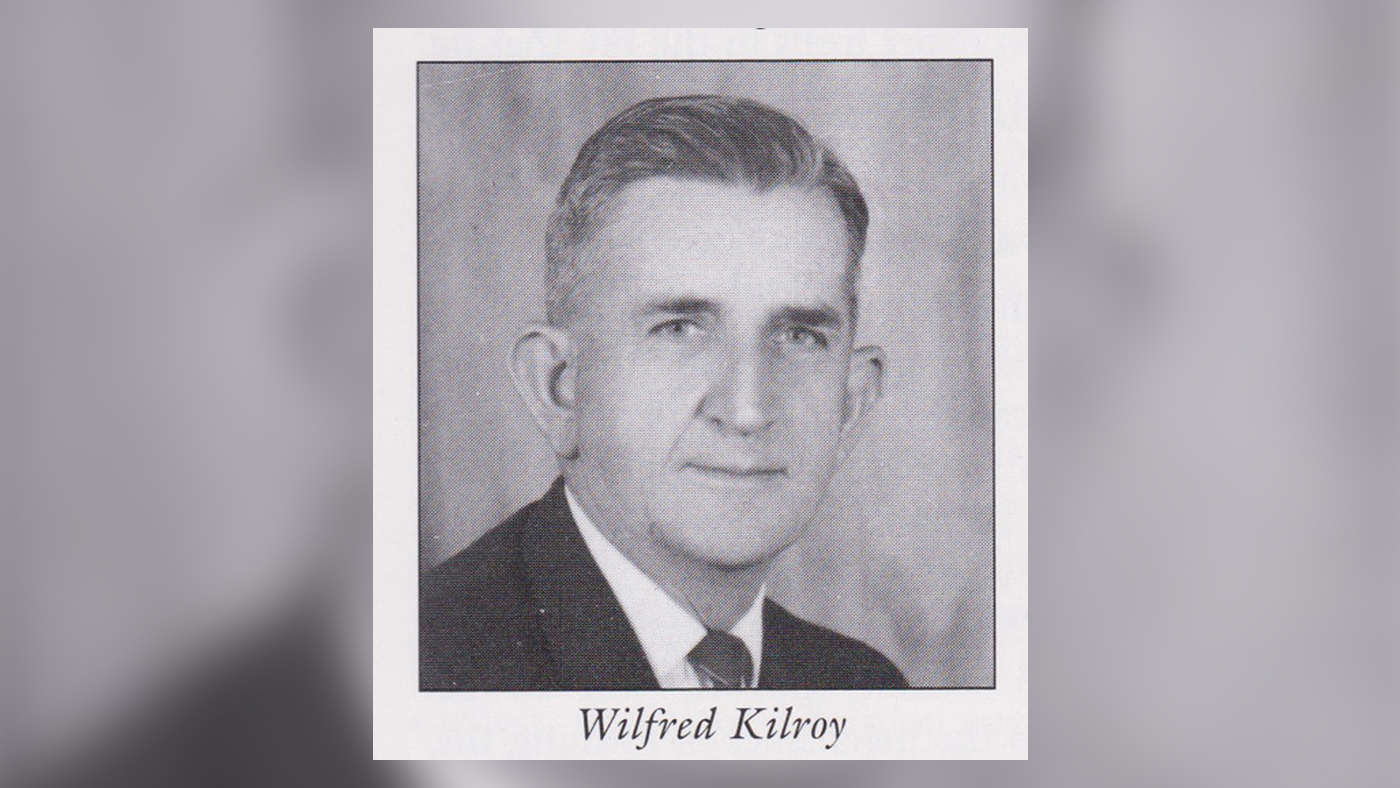Born in Christchurch, New Zealand on May 6, 1908, Wilfred Kilroy was educated in his home town and began his working life at the Sanitarium Health Food (SHF) factory in 1922 as a humble stock-boy, before transferring to the retail arm of the company in 1926. By 1927 he was back at the Christchurch factory working as a dispatch clerk until 1932.
On October 31, 1929, Wilfred Kilroy married Thelma Dulcie Bates, who was a great encouragement to him during his many years of SHF service. Their home was a source of great hospitality and its cheerful witness blessed many.
From 1932, and for the next 10 years, he was a food process worker and ultimately foreman at the Auckland factory. Mr Kilroy must have been a man of considerable ability for in 1938 he was made manager of the Auckland factory at just 30 years of age. In that role for only a short time, Mr Kilroy became the general manager for all of the New Zealand SHF operation in 1941, a role he filled for the next three—very difficult—years of World War II.
Then in 1944 he transferred to the head office in Wahroonga NSW, and for the next 14 years he was the Australian production manager of SHF. In 1958, he was promoted to assistant general manager, and then in 1962, he was promoted to the highest position: general manager.
Having come up through production, Mr Kilroy knew the value of trained technicians and qualified quality control officers. Avondale College agreed to offer two courses, each of them of two years in duration, to train such young men, and graduates were employed at company factories around Australia and New Zealand. In January 1968, a 10-day course for managers was conducted at Avondale College—to familiarise them with the content and function of these new courses. Some managers saw the benefit of these courses and were happy to employ graduating technicians in their factories; others not so much. Unfortunately, following Mr Kilroy’s death, the significance and importance of those courses declined and their cancellation was only a matter of time.
Development of new SHF products had been unstructured at best, but by the late 1960s laboratory workers could come up with a new product and submit it to the New Products and Standards Committee, established by Mr Kilroy. With 17 members, including marketing executives, accountants and laboratory staff, it was a bit unwieldy and the great weakness was that it had no-one representing consumers, the only ones who could give an objective opinion about their likelihood of buying the product under discussion. Nor was there anyone on this committee representing current marketing research. Thus, while a step in the right direction, this committee was doomed to ineffectiveness and was replaced in 1987 by a marketing committee with only seven members.
Needing to stay in the vanguard of food companies, some aggressive planning was necessary. Stan Grubb proposed to Mr Kilroy the HC Tempest Memorial Scholarship to train engineering students and some notable recipients who later worked for the company were Dr Ivan Scale, Neville Chester, Graham Fraser and Ian Robson.
By this time the international Church was developing an appreciation of the commercial success of SHF. Granose Foods in the United Kingdom appealed to SHF for help in rescuing a business on its way to failure. Mr Kilroy believed that more than anything else Granose Foods needed a really good marketing manager so he “lent” them one of SHF’s brightest minds, Allan Evans—and in time things got better.
At the age of 62, Wilfred Kilroy died—still general manager of SHF. He’d only been ill for a few weeks; 48 of his years had been spent working for SHF and he had recently been reappointed. He had been a member of the Australasian Division’s Executive Committee for 26 years, a record few could claim. During Mr Kilroy’s time as general manager, SHF was essentially a department of the Church at the Australasian Union Conference (now South Pacific Division) headquarters at Wahroonga, NSW, rather than the more independent organisation it is today.
A few days after his death were found the following lines in Wilfred Kilroy’s handwriting:
“This is not I . . .
Retouched and smoothed and prettified to please;
Put back the wrinkles and lines I know;
I have spent blood and brain in achieving these;
Out of the pain, the struggle and the work
These are my scars of battle . . .
Put them back!”
Only in eternity will we know why this brilliant man was taken, but while he sleeps we still have the challenge and example of his dedicated life.
Dr Lester Devine is Director emeritus of Ellen G White/Adventist Research Centre at Avondale University College.






